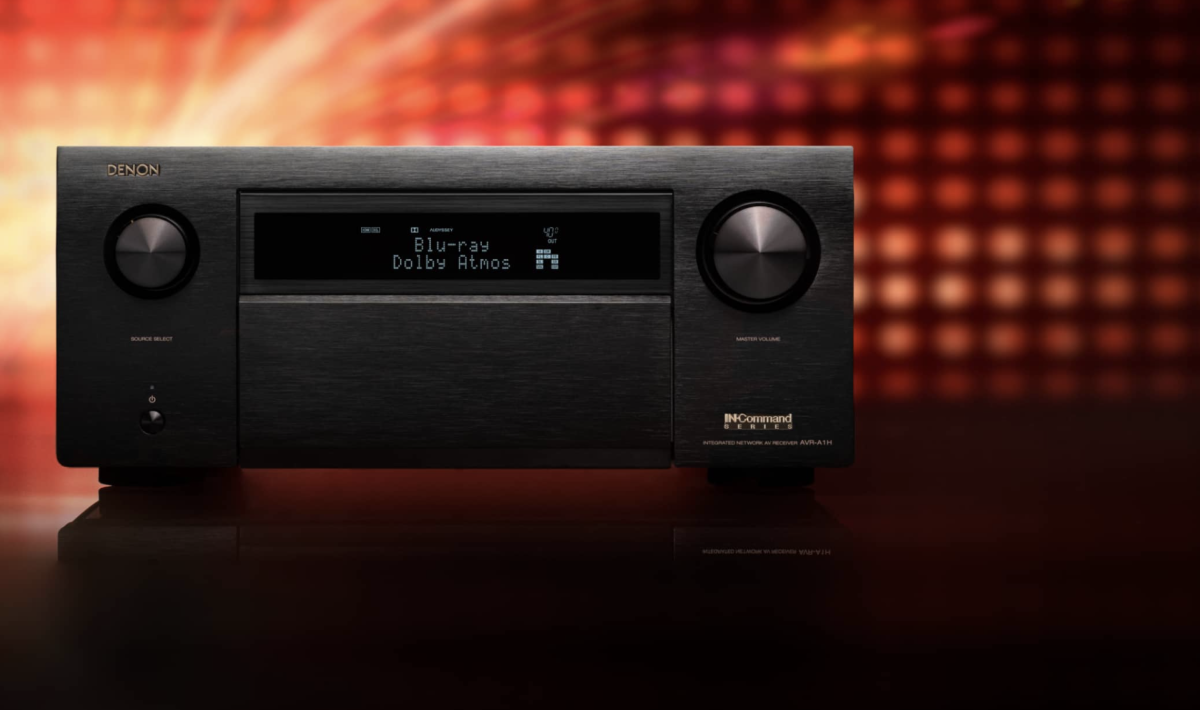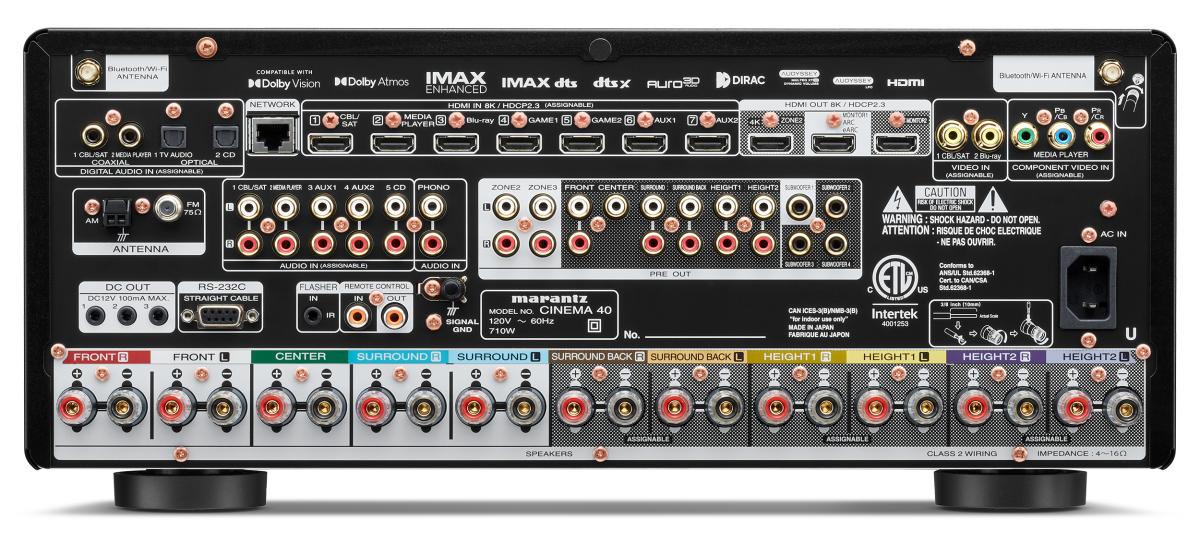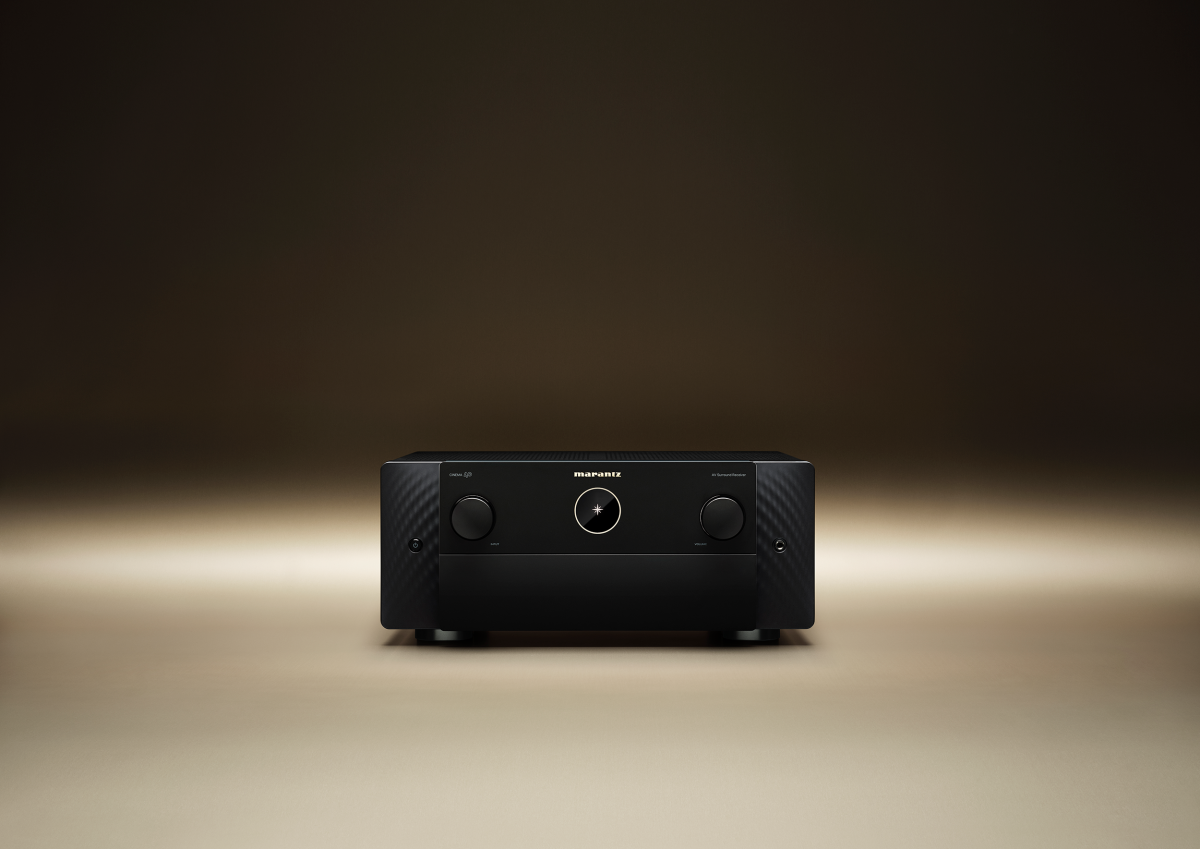- 03.31.2023
- leticia
- Home Theater Movies & Television Tech"knowledge"y
A Great Time to Buy an A/V Receiver

As someone who has been a tech enthusiast of many varieties as a consumer, prosumer, and professional across a handful of tech-related industries, I can share a constant, recurring question: “Should I buy /upgrade now, or wait for (insert any example of upcoming product, spec, or feature set here”). To those blessed few who do not suffer the affliction of upgrade-itis, this looks like a case of paralysis by analysis - and it is.
However, the relative value and usefulness of a product do change and have its peaks and valleys. So let’s talk a bit about these seasons of products and features in the space of A/V, but first let’s take an example of why anyone should on occasion ask said questions: 4K TV!
Many of us remember the dawn of consumer 4K (3840 x 2160p) resolution TVs. The former 1080p gold standard and long-time ceiling had finally been smashed and not by just doubling the resolution like last time (720p to 1080p) but quadrupling it no less! Yet early adopters of these first-generation 4K sets weren’t happy. Why?
The technology called 4K around 2013 to 2014 was the right place, but at the wrong time. The 4K TV panels required a 4K signal, yet there was no 4K content, and the HDMI standard which depends on a form of digital copy protection known as HDCP didn’t allow for future product evolution. So once newer 4K source devices like 4K blu-ray players came out, along with the 4K discs you played on them they used a newer digital handshake. Existing 4K TVs couldn’t even talk to them in many cases, making such TV’s a poor investment. Also, these TVs couldn’t handle content with frame rates above 60 FPS or Hz (Hertz), and such content came pouring in just a couple of years later. Again not because the panel or display itself was incapable but once again the culprit was the signal limitations of this HDMI generation. Imagine having the most awesome engine under the hood of your car but your transmission just cannot get that power to the wheels without slipping and crippling power losses. It's profoundly frustrating because it is a case of “so close, yet so far.” It just doesn't make any sense, and it's not fair! Thankfully, copy protection/handshakes generally work much better now.
The good news: we have HDMI 2.1a. This standard specifies that a device is capable of 4K at 120 frames per second or 8K at 60 FPS, along with all the goodies like HDR, Dolby Vision, eARC, VRR, etc… With this standard being well defined long before 8K is mainstream, things will pan out much more favorably for earlier adopters of 8K. If 8K TVs were a special car, having this preexisting standard means the special roads it needs are already paved and ready. You still must ensure that all the devices in your signal chain - your source (cable box, streamer, blu-ray player), A/V receiver, and your TV are up to snuff (though by now most are). Let's focus on that as it can be easy to miss just what your receiver can do.
So - when is a good time to buy an A/V Receiver or separate home theater processor, with the features you’ll likely need for the foreseeable future? Right NOW! Marantz and Denon for example just released new receivers and processors within the last few months, with basically everything that an obsessive tech enthusiast (like me) could hope for. There have been significant improvements to the audio quality of these devices, especially for Marantz.
Even better, most models feature multiple HDMI 2.1a ports in and out for compatibility with current devices. There is no current plan or sketch for a future standard presently, as HDMI 2.1a is only recently becoming more widely adopted. Thus, I believe these products will at minimum remain relevant well into the future, at least for TV or video standards. Audio formats like Dolby Atmos may continue to evolve somewhat, but how it is decoded and processed really hasn’t changed much since it was adopted. Therefore it seems unlikely that anything will render these products “non-current” for quite a while.
Finally, these units have a handsome and contemporary look, a BIG improvement over the prior appearance. That same upgraded external design philosophy has also spread to the unit's GUI or user interface/experience. The setup menus and HEOS streaming interface are vastly better, a huge improvement from the prior GUI, making the A/V system a pleasure to use. We now have the most current HDMI and audio processing standards, beautifully upgraded aesthetics, layout, software design, and useability, for a truly state-of-the-art user experience.

Be you a proud tech enthusiast geek like myself, or a consumer who simply wants their system to work consistently, we can all rejoice together. Let us all warmly welcome what looks to be an age of A/V enjoyment with minimal headache, maximal capability, and thus complete entertainment.


